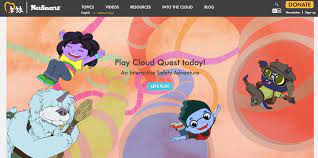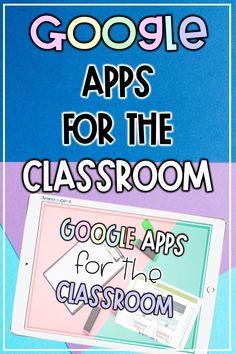Introduction
In today’s interconnected world, organizations often depend on collaboration with external agencies to achieve their goals. From marketing and public relations to technology and healthcare, engaging effectively with outside agencies can provide valuable resources, expertise, and fresh perspectives. This article outlines key strategies for forming successful partnerships with these entities while maintaining a fruitful working relationship.
1. Determine the Scope of Collaboration
Before collaborating with an outside agency, it’s essential to establish the scope of the work that needs to be done. Clearly define objectives, deliverables, and deadlines for each project. This clarity will provide both parties a roadmap to follow during their partnership and ensures expectations are in line with each other’s capabilities.
2. Vet Potential Partners
Do thorough research on potential outside agencies by examining their experience, reputation, client feedback, and case studies. This vetting process ensures they have the qualifications and expertise you need to achieve your goals and that they align with your organization’s values and culture.
3. Establish Clear Communication Channels
Open lines of communication are crucial when working with external partners. Designate primary points of contact from both sides to facilitate information exchange and ensure timely responses to queries or issues. Schedule regular meetings or calls to review progress, discuss concerns or changes in plans as needed.
4. Develop a Mutual Understanding of Roles and Responsibilities
Each party should have a clear understanding of their roles and responsibilities within the collaboration framework. Ensure that both parties commit these expectations in writing to avoid confusion or disputes later on.
5. Be Open to New Ideas
One of the advantages of working with outside agencies is gaining access to their unique perspectives and knowledge. Be receptive to new ideas or approaches proposed by your partner even if they challenge your initial plans or assumptions.
6. Monitor Progress Closely
Closely monitor project progress, ensuring milestones are being met according to plan or identifying potential obstacles early on. This vigilance helps to keep projects on track and makes it easier to address any setbacks.
7. Maintain Flexibility
While having a plan is essential for collaboration, being able to adapt when circumstances change is equally important. Being flexible and willing to revise strategies or timelines can reduce delays and lead to better outcomes.
8. Establish Trust
A strong working relationship is built on trust. Develop trust by maintaining transparency, being reliable and delivering on promises, and respecting the expertise of your outside agency.
9. Evaluate Performance and Provide Feedback
Upon project completion or at regular intervals, assess the performance of your external partner, identifying areas of improvement as well as recognizing their achievements. Provide constructive feedback while also being open to receiving feedback about your organization’s involvement in the collaboration.
10. Nurture Long-term Relationships
Developing long-term relationships with trusted outside agencies saves time and resources when seeking partnerships in the future. Invest in strengthening these relationships through effective communication, mutual respect, and providing opportunities for future collaboration.
Conclusion
Collaborating effectively with outside agencies is a valuable skill that can lead to efficient problem-solving, access to specialized expertise, and innovative solutions. By implementing these strategies, organizations can cultivate strong partnerships that contribute significantly to their overall success.











